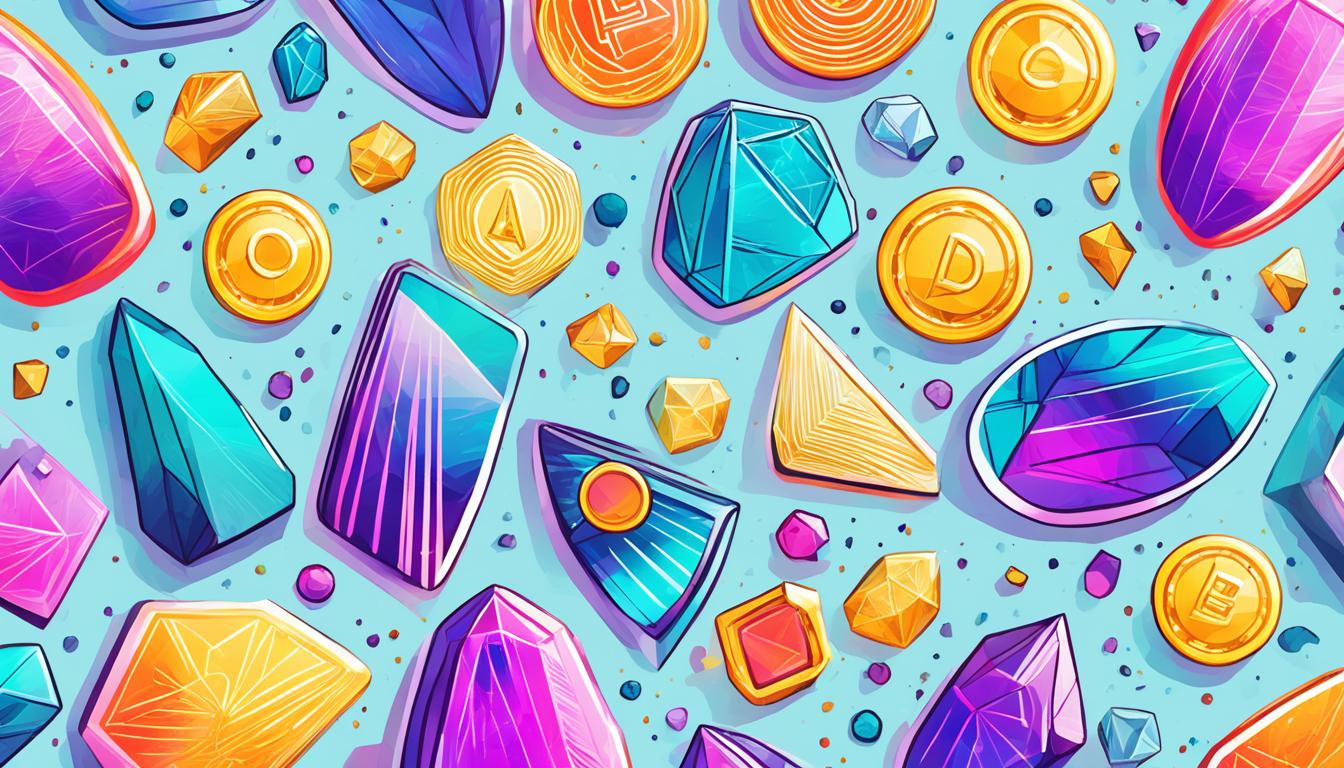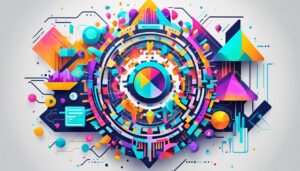In the captivating world of digital innovation, a new class of assets has emerged that is redefining the way we perceive value and ownership. These digital marvels are known as non-fungible tokens, or NFTs, and they are poised to transform the landscape of the digital realm. As we delve into the intricacies of this groundbreaking technology, we will uncover the unique properties of NFTs, explore their key use cases, and gain a comprehensive understanding of the rapidly evolving NFT ecosystem.
At the heart of the NFT revolution lies the power of blockchain technology, which provides a secure and transparent platform for the creation, ownership, and exchange of these digital assets. Unlike traditional digital items, which can be easily duplicated, NFTs are unique and one-of-a-kind, offering a new level of scarcity and authenticity in the digital space.
From the world of art and collectibles to the realms of gaming and virtual real estate, the applications of NFTs are vast and continuously evolving. As we navigate this exciting frontier, we will uncover the transformative potential of these digital tokens, empowering individuals and businesses alike to redefine the boundaries of digital ownership and value.
What Is NFT: Demystifying the Concept
Non-fungible tokens (NFTs) have gained significant attention in the digital realm, captivating the interest of both enthusiasts and skeptics alike. At their core, NFTs are unique digital assets that are stored on a blockchain, making them verifiably scarce and ownership traceable. Unlike traditional cryptocurrencies, which are fungible and interchangeable, each NFT is one-of-a-kind and cannot be replaced by an identical item.
Defining Non-Fungible Tokens
The term “non-fungible” refers to the unique nature of these digital assets. Fungibility is the property of a good or asset to be interchangeable with other individual goods or assets of the same type. In the case of NFTs, each token is distinct and cannot be exchanged for another NFT, even if they are part of the same collection or series. This unique property is what sets NFTs apart from other digital items and imbues them with inherent value.
The Uniqueness and Scarcity of NFTs
The key to understanding the value of NFTs lies in their scarcity and uniqueness. By leveraging blockchain technology, NFTs are programmed to be one-of-a-kind, ensuring that each token is distinct and verifiably scarce. This scarcity is what sets NFTs apart from other digital assets, as it allows for the creation of truly unique, collectible, and valuable digital items. NFTs can represent a wide range of digital content, from artwork and collectibles to virtual real estate and in-game assets, all of which are made scarce and verifiable through the blockchain.

“NFTs are disrupting the traditional art and collectibles markets by providing a way for digital assets to be verified as unique and ownership to be tracked on a blockchain.”
The unique and scarce nature of NFTs has opened up new possibilities for digital ownership, monetization, and the creation of digital scarcity, which was previously a challenge in the digital realm. As the blockchain technology continues to evolve, the potential applications of NFTs are expected to expand, transforming how we interact with and value digital assets.
Unleashing the Potential: Key Use Cases for NFTs
As the world of non-fungible tokens (NFTs) continues to evolve, we’re witnessing the emergence of exciting use cases that are transforming various industries. From the art world to the gaming realm, these unique digital assets are unlocking new avenues for creators, collectors, and enthusiasts alike.
One of the most prominent use cases for NFTs is in the realm of digital art. NFTs have empowered digital artists to create and sell their work in a way that was previously unimaginable. By tokenizing their creations, artists can now ensure the authenticity and scarcity of their digital artworks, allowing collectors to truly own and display these unique pieces. This has opened up a new frontier for the art world, where the boundaries between the physical and the digital are blurring.
Beyond the art world, NFTs are also making waves in the gaming industry. In-game assets, such as virtual items, characters, and even entire virtual worlds, can now be represented as NFTs. This gives players a sense of true ownership over their digital possessions, enabling them to buy, sell, and trade these assets as they see fit. This has the potential to revolutionize the gaming experience, fostering a more engaged and vibrant player community.
Furthermore, NFTs are being explored for the tokenization of real-world assets, such as virtual real estate. By representing these assets as NFTs, we can unlock new possibilities for investment, ownership, and exchange. This could lead to a more democratized and transparent marketplace, where individuals can participate in the ownership and management of virtual properties.
As we continue to uncover the potential of NFTs, the possibilities are endless. From the preservation of digital art to the transformation of the gaming and real estate industries, these unique digital tokens are poised to leave a lasting impact on our digital landscape.

“NFTs are not just about digital art or collectibles – they’re about the future of ownership and value in the digital world.”
The NFT Ecosystem: Marketplaces and Wallets
The NFT ecosystem is rapidly evolving, with specialized marketplaces and wallets designed to facilitate the buying, selling, and storage of these unique digital assets. Platforms like OpenSea, Rarible, and SuperRare have become hubs for NFT trading, allowing users to browse, purchase, and showcase their NFT collections.
Dedicated NFT wallets, such as MetaMask and Coinbase Wallet, provide secure storage and management of these digital assets, further empowering the growing NFT community. These wallets enable users to seamlessly engage in NFT transactions, ensuring the safe custody of their valuable digital art, collectibles, and other non-fungible tokens.
As the NFT market continues to evolve, we foresee the emergence of even more specialized NFT marketplaces and wallets catering to the diverse needs of artists, collectors, and investors. This vibrant ecosystem is poised to drive the widespread adoption and utilization of NFTs across various industries, unlocking new opportunities for digital ownership, creativity, and value exchange.




